Identifying a Mealy
This is one modifier that is fairly easy to visually identify, they almost always have obvious pale hairs around their muzzle. The other soft spots tend to be affected in varying degrees. Here are some of the characteristics that define a pangaré animal and generally the easiest way to identify them.
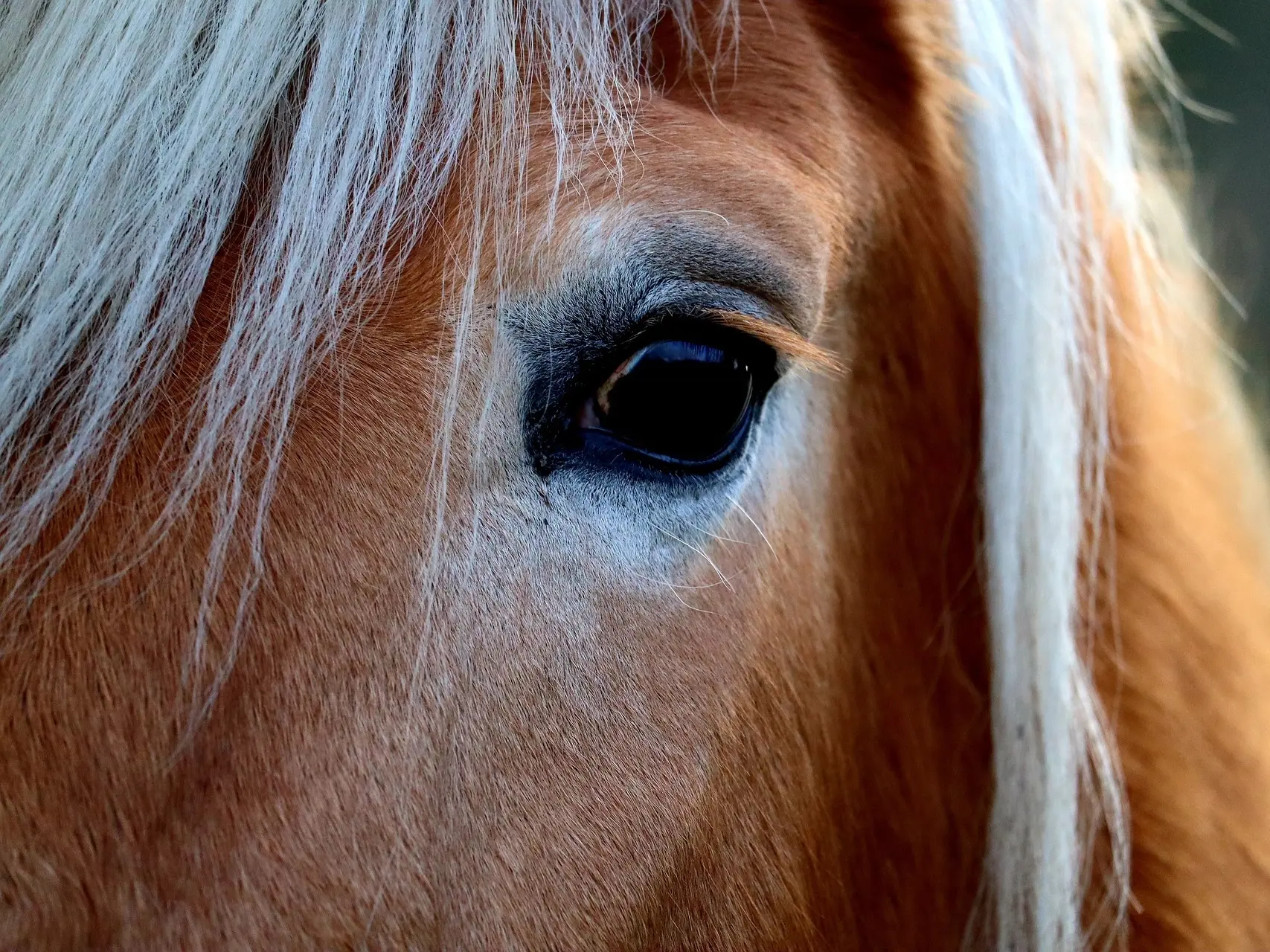
Light hair around the eyes
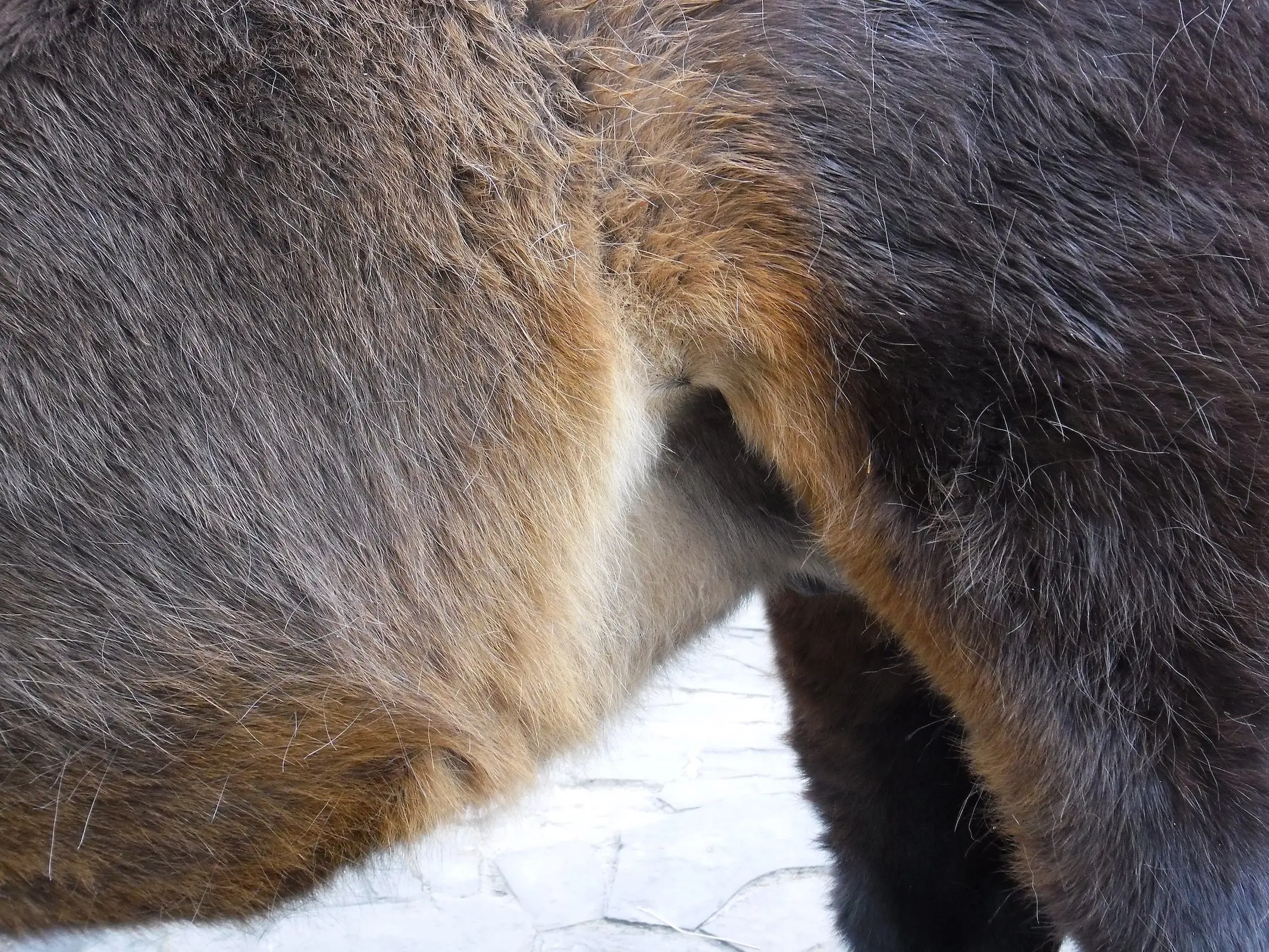
Light hair around the flank
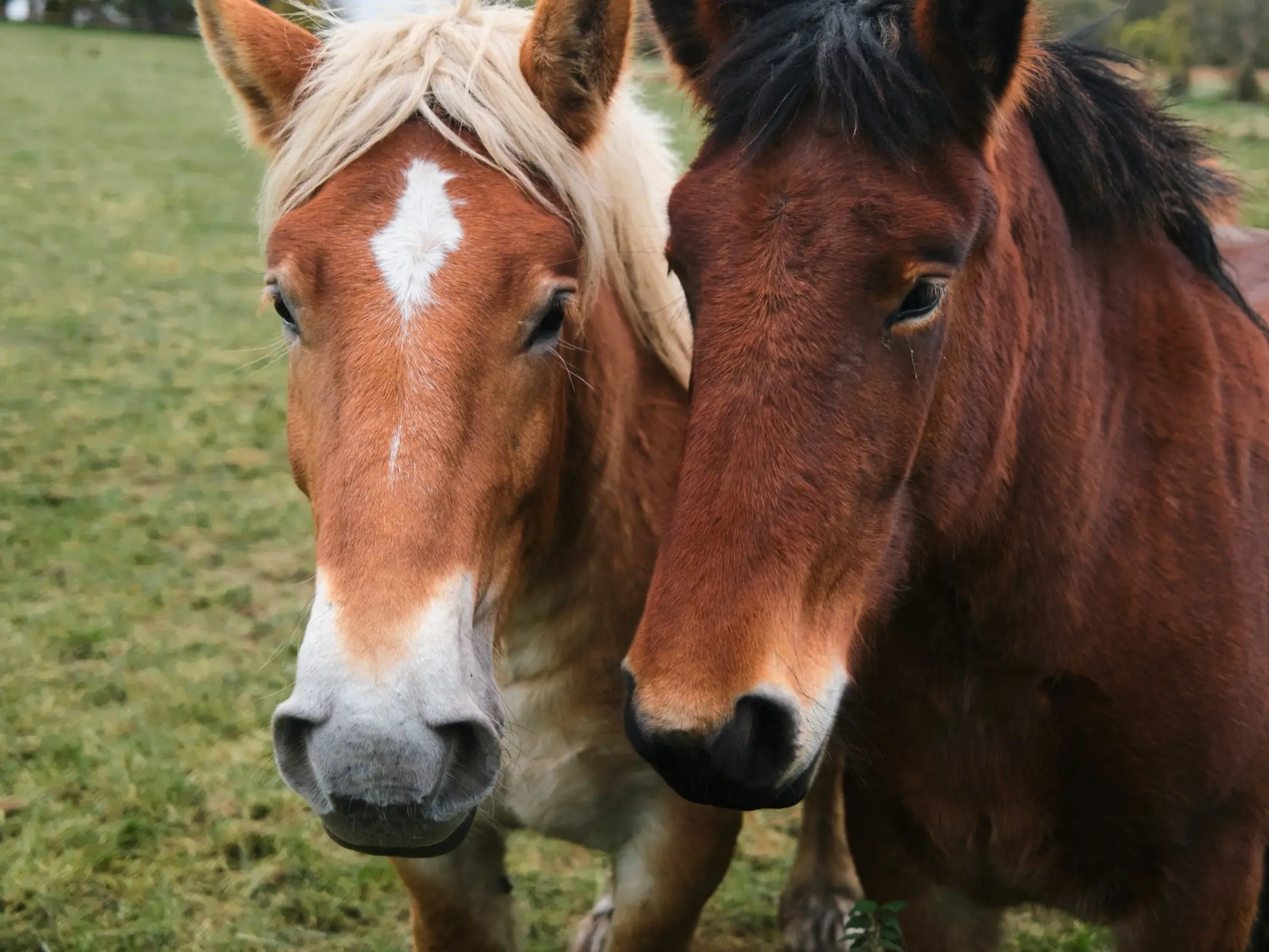
Light hair around the muzzle.
Mealy Shades
While mealy doesn’t affect true blacks, when associated with a black base it is called a ‘carrier’ gene. On chestnut coats, it can present itself as flaxen by creating a blonde mane and tail.
Mealy Modified and Diluted
Mealy animals may also be affected by other modifiers and dilutions, some of them can mask visual mealy identifiers.
White Patterns on Mealy
The white patterns affect most of the other dilutions and modifiers in the horse color world, although they can mask identifying characteristics. Perhaps easier to recognize on roan or rabicano animals, appaloosa and pinto can mask mealy traits almost entirely.
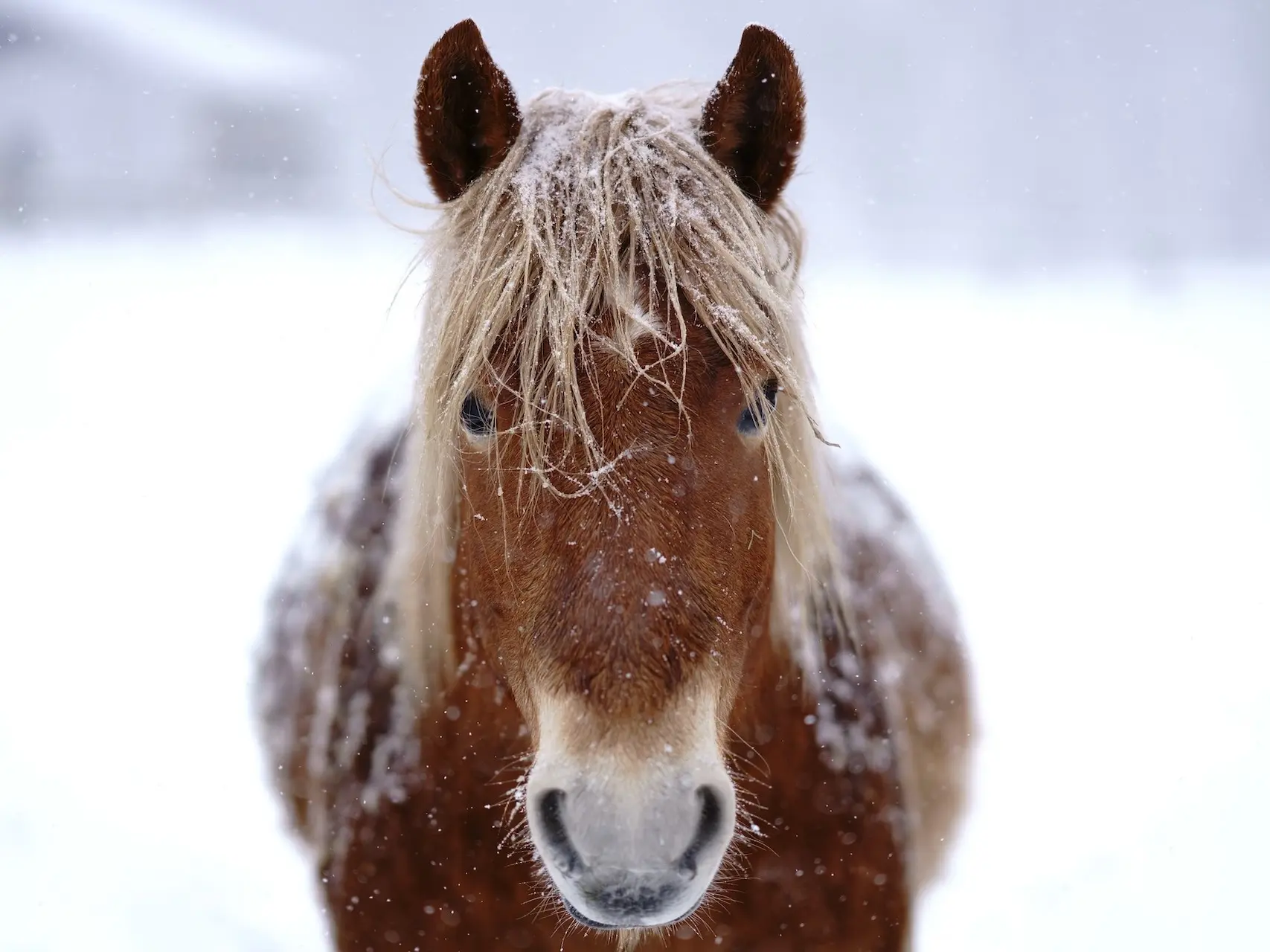 Chestnut Base
Chestnut Base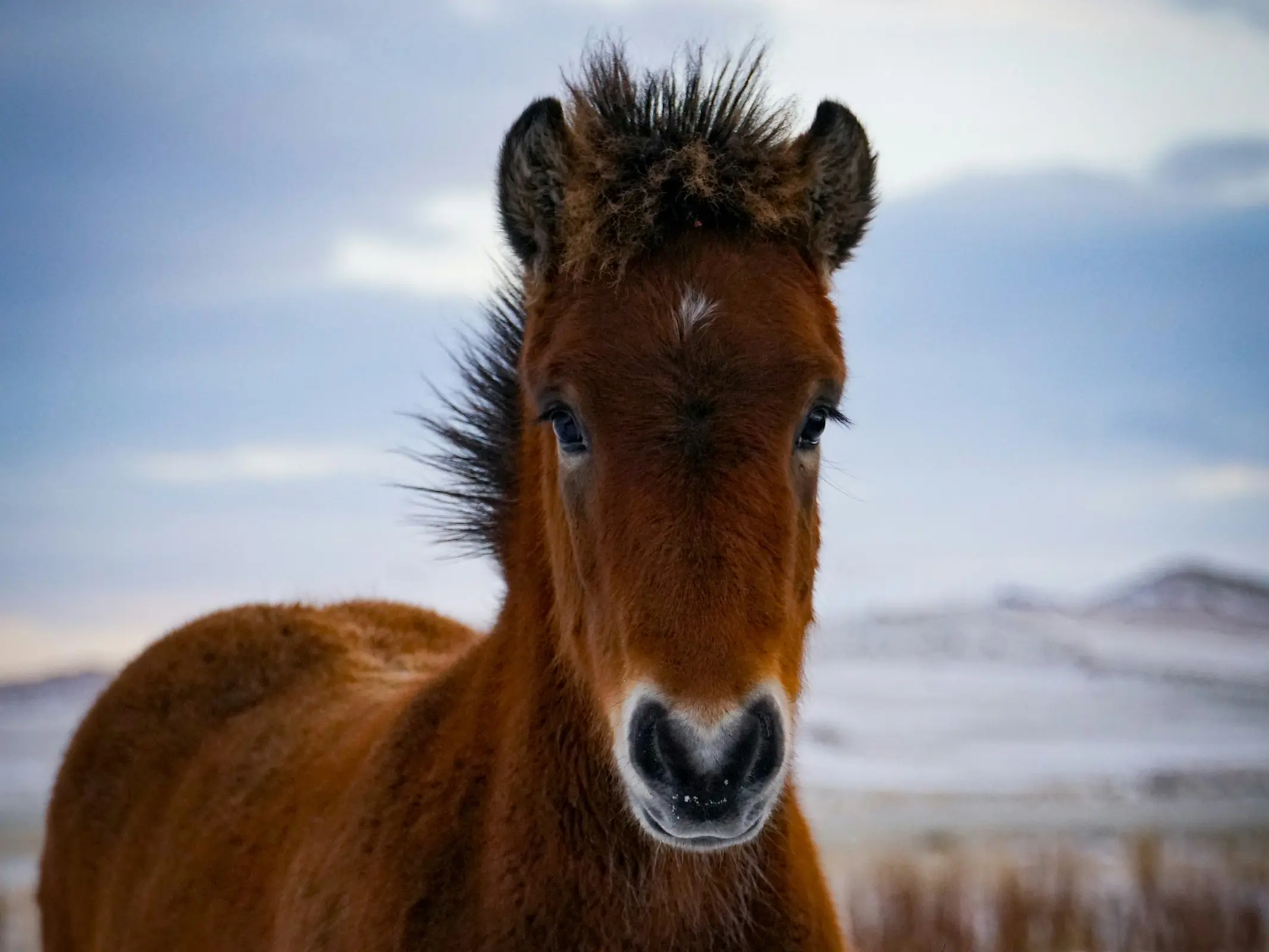 Bay Base
Bay Base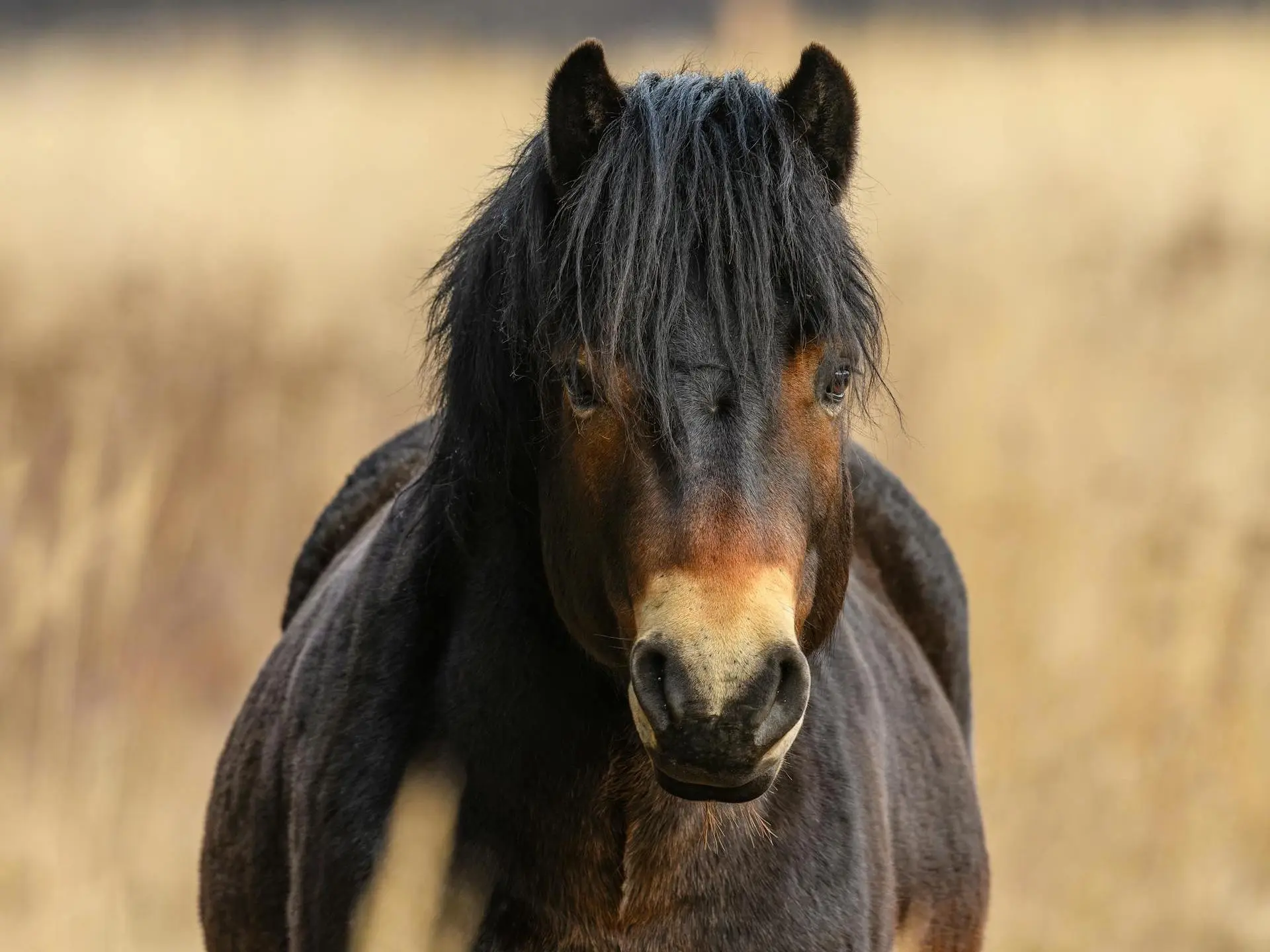 Seal Base
Seal Base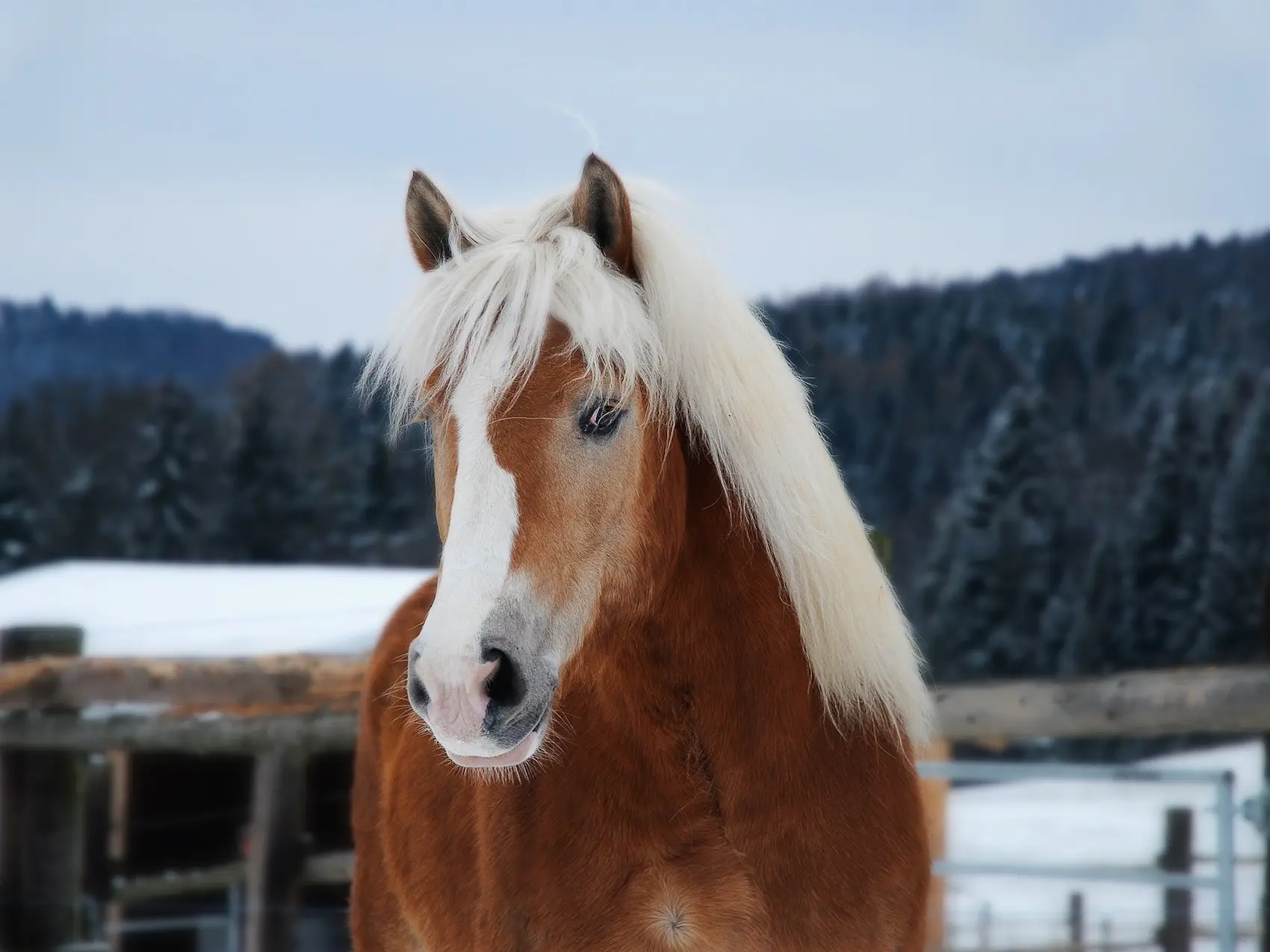 Flaxen Modifier
Flaxen Modifier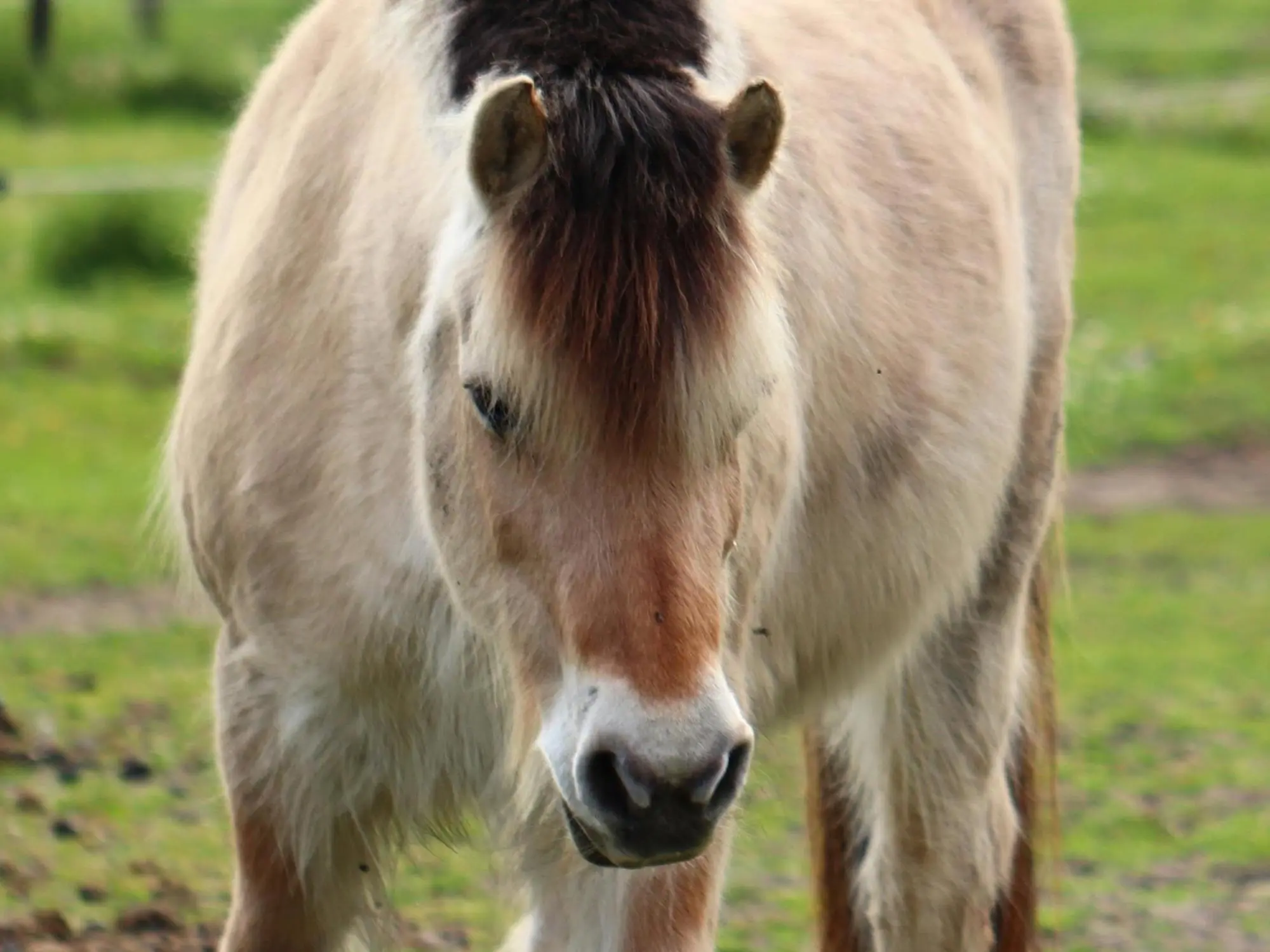 Dun Dilution
Dun Dilution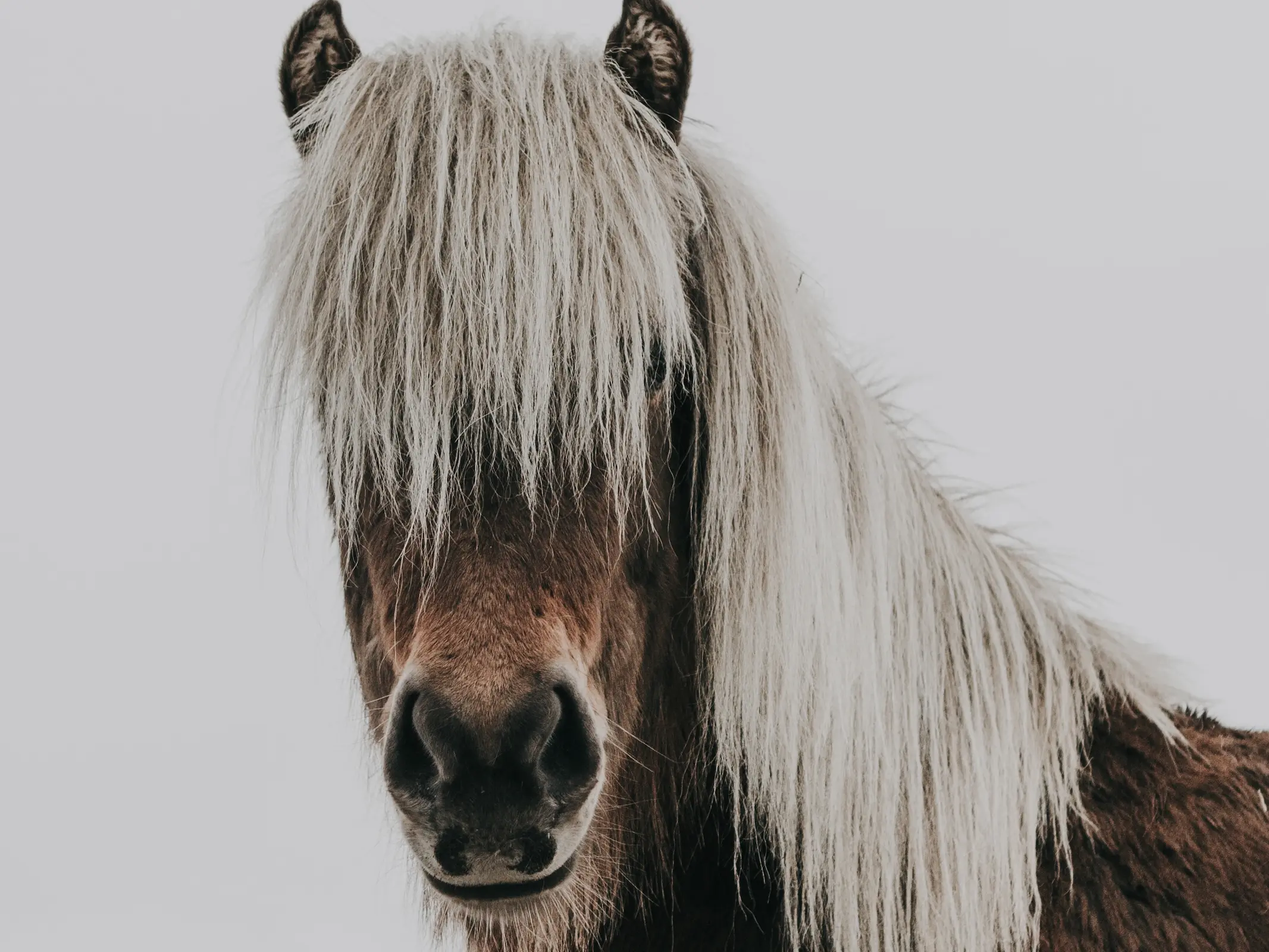 Silver Dilution
Silver Dilution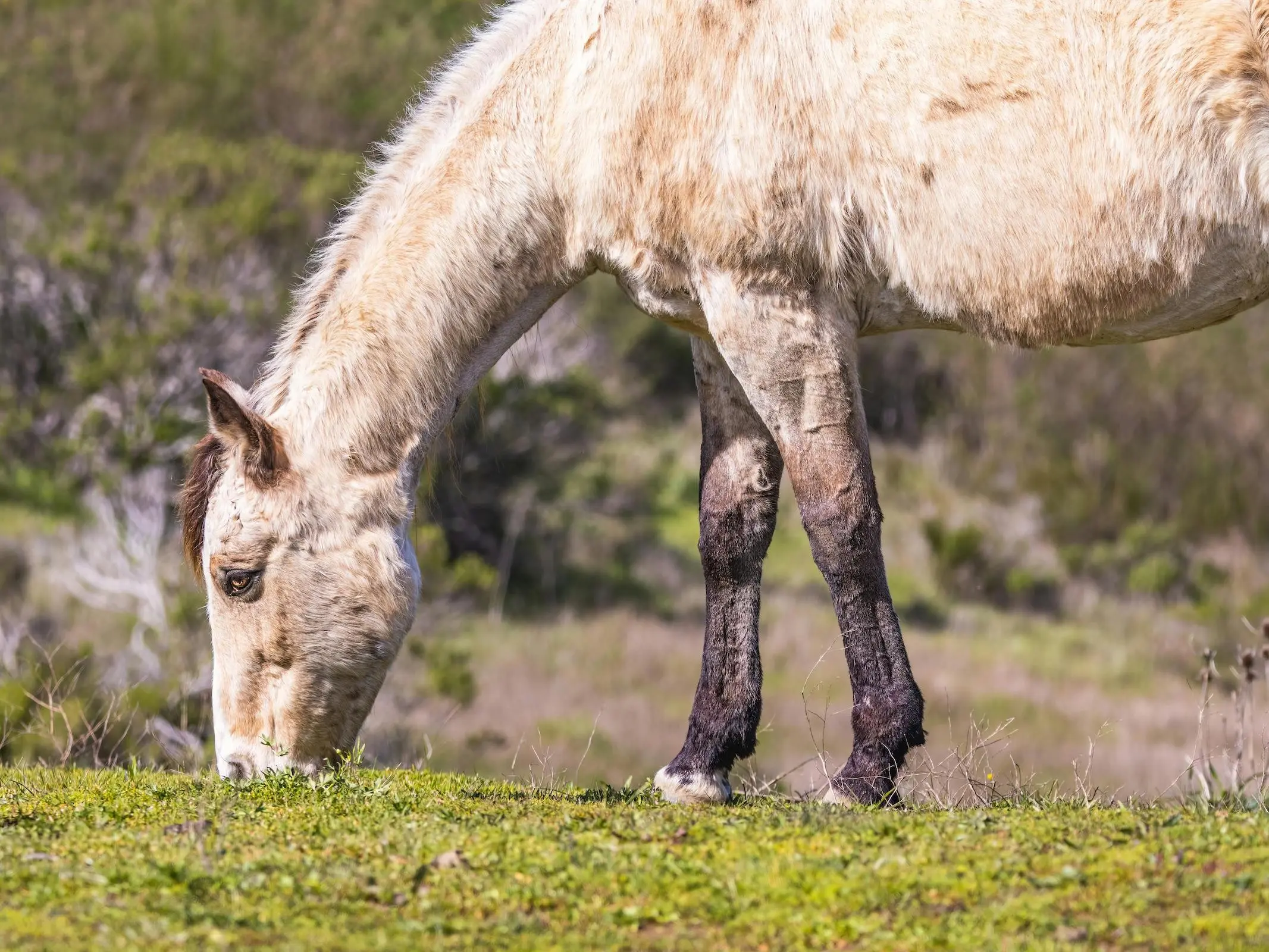 Champagne Dilution
Champagne Dilution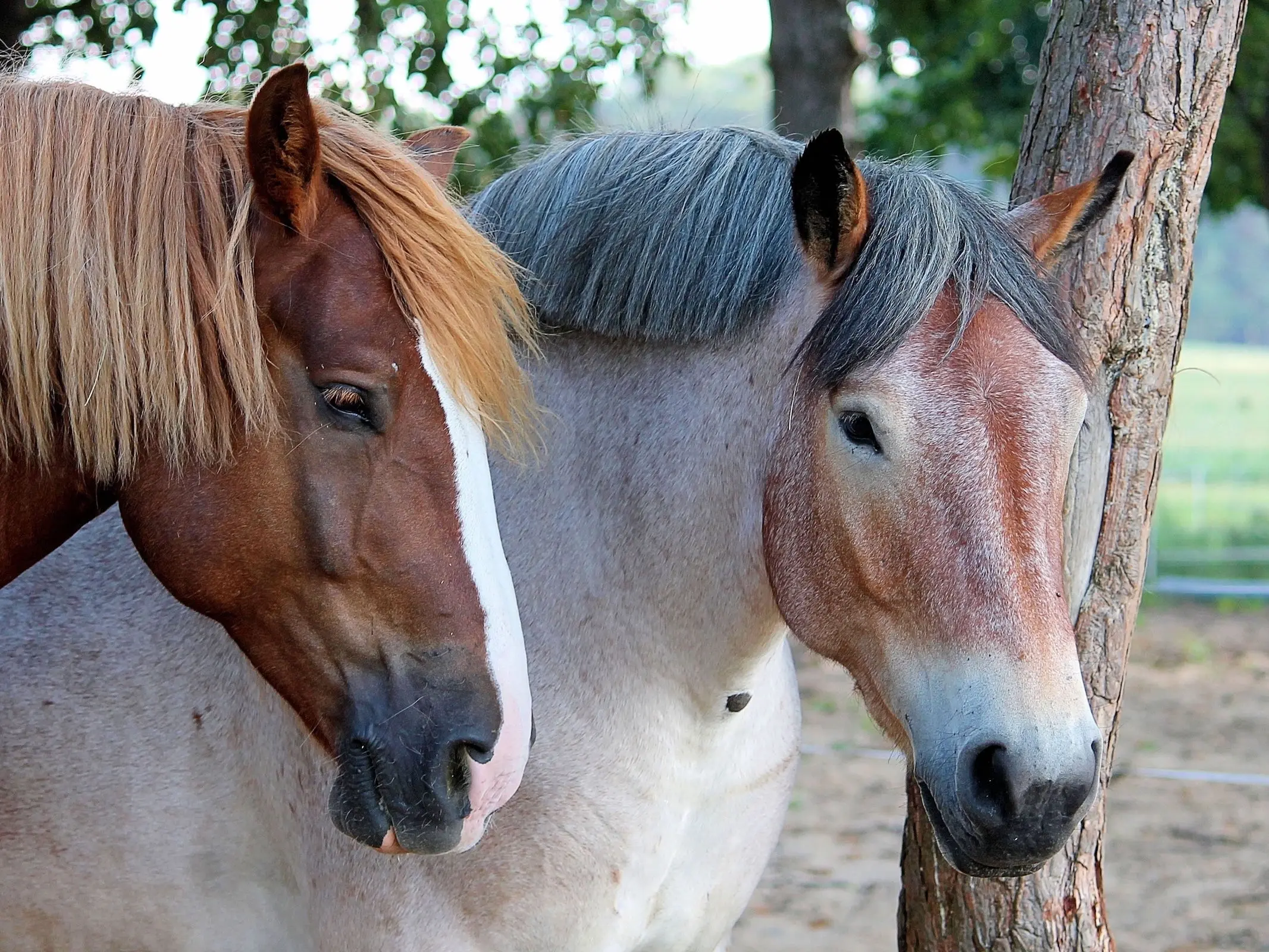 Roan
Roan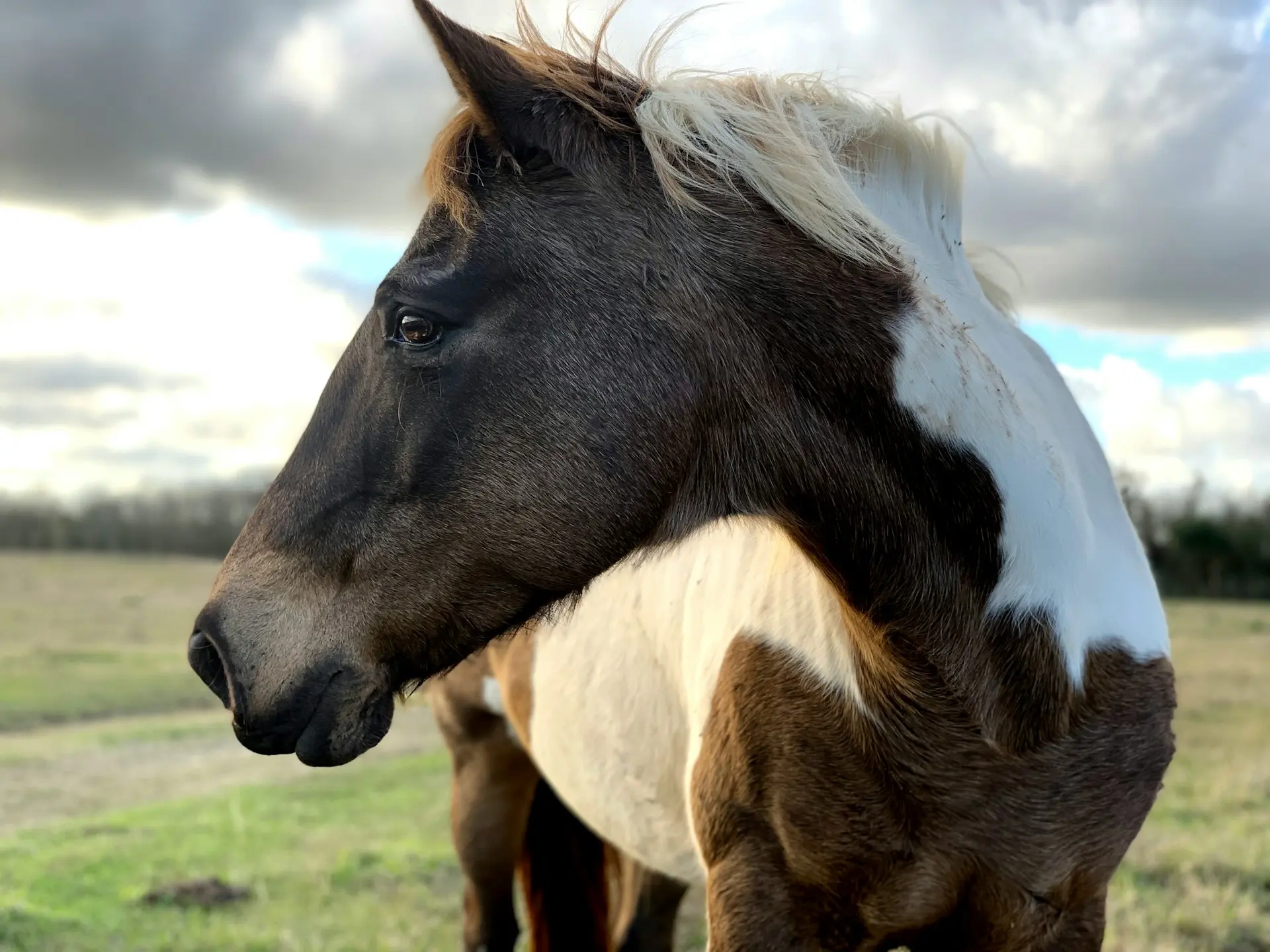 Pinto
Pinto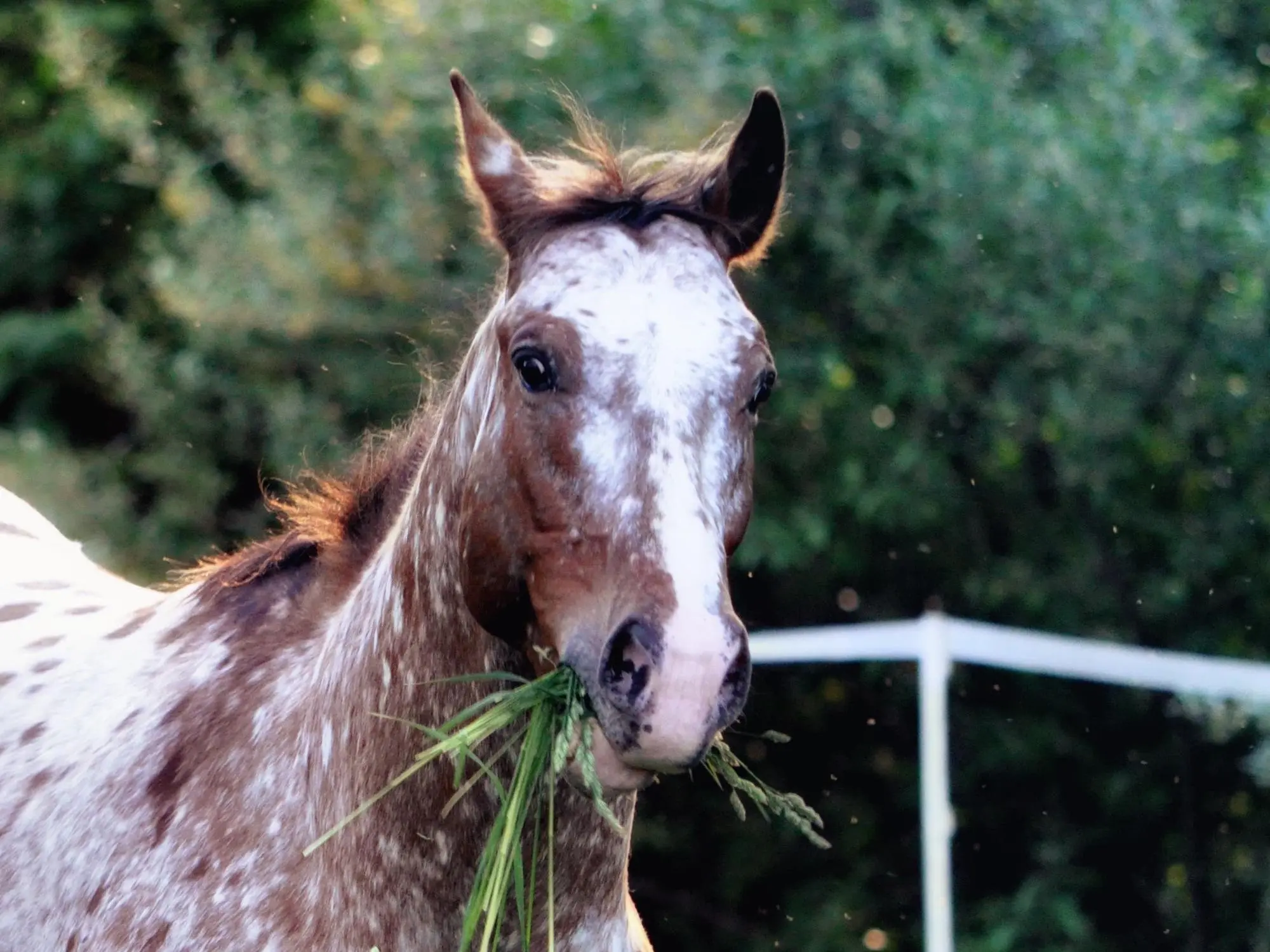 Appaloosa
Appaloosa
Does the mealy gene on a black horse give it any breeding advantage /disadvantage in breeding with a cremello in hopes of getting a buckskin?
Thank you,
Robin Cooper
It’s really just about the Agouti genes present or not present.
No, it doesn’t. Buckskin is the result of a Cream gene acting on a Bay coat- to get a Buckskin you’d likely have to breed a black to a cremello (a red horse that looks white but actually is homozygous for the Cream gene). And you might only get a smoky black, or a palomino, depending on if your black is homozygous for the Extension gene (responsible for black coats)and whether or not either horse carries the Agouti gene (which causes Bay instead of black when in action with the Extension gene.)